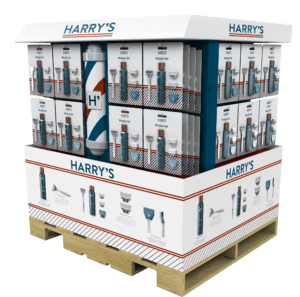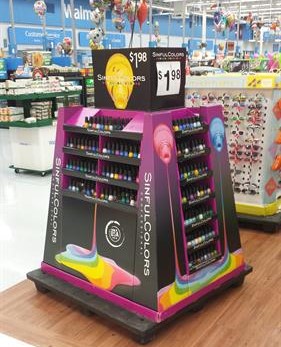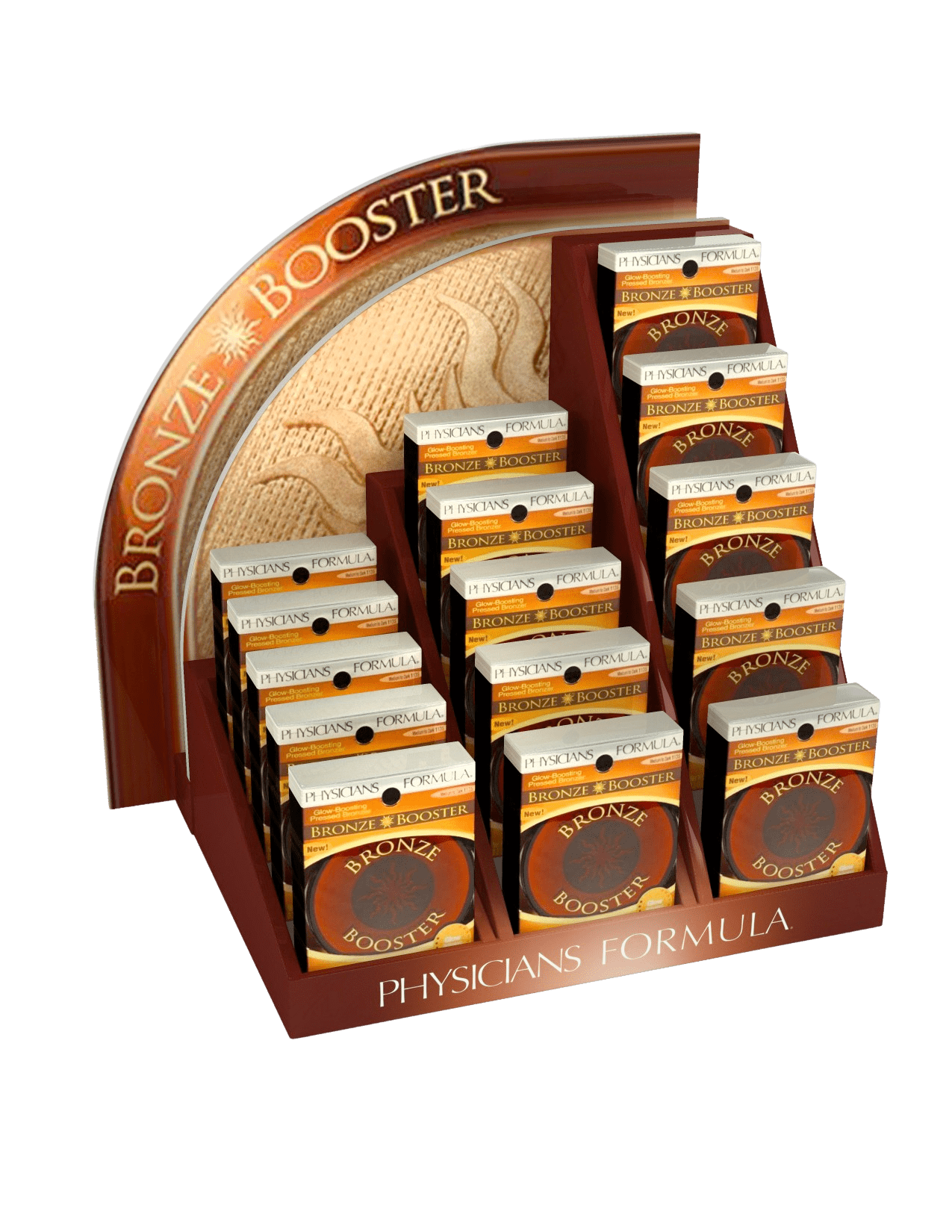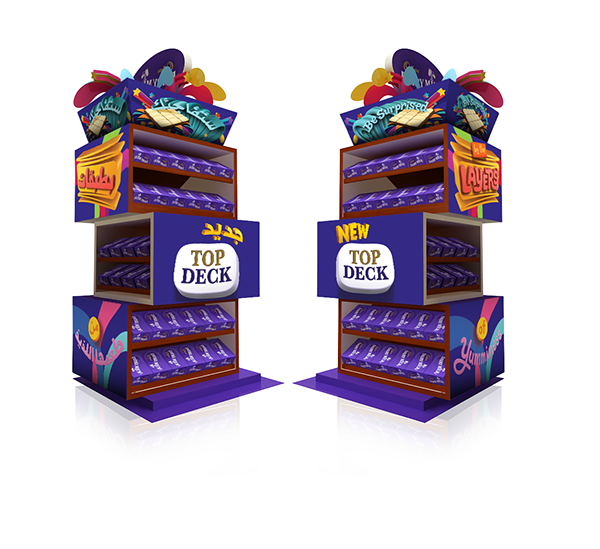Home » Capturing Impulse Buyers: The Strategic Role of POP Displays
Capturing Impulse Buyers: The Strategic Role of POP Displays
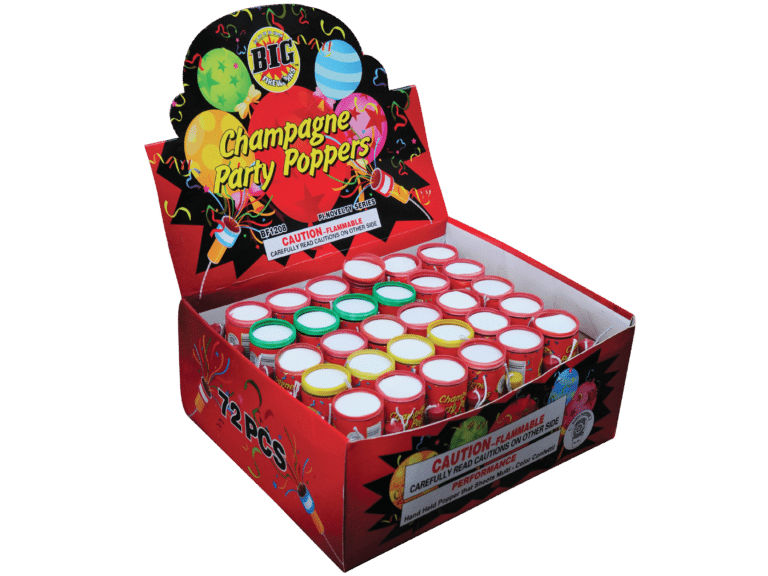
In the fast-paced retail environment, capturing the attention of impulse buyers is crucial for boosting sales. Point of Purchase (POP) displays are designed to grab shopper attention at the moment when buying decisions are made, making them a powerful tool for influencing impulse purchases. This blog explores how POP displays can be strategically used to target impulse buyers effectively.
Understanding Impulse Buyers
Impulse buyers are customers who make spontaneous purchase decisions triggered by seeing the product at that moment. These decisions are often driven by emotional appeal, convenience, or the allure of a good deal. Understanding the psychology of impulse buying is key to designing POP displays that convert passersby into buyers.
Designing POP Displays for Maximum Impact
Visual Appeal
The first step in capturing the attention of an impulse buyer is through striking visual design. Bright colors, bold fonts, and attractive graphics can make POP displays stand out. Incorporating eye-catching elements like flashing lights or digital screens can also draw more attention compared to static displays.
Strategic Placement
Placement of POP displays can significantly affect their success in capturing impulse buyers. High-traffic areas such as near the checkout lines, at the end of aisles, and close to the store entrance are prime locations. These spots are where customers are most likely to make last-minute purchase decisions.
Promotional Messaging
Effective POP displays use clear, compelling messages that create a sense of urgency or highlight exclusivity. Phrases like “Limited Time Offer,” “While Supplies Last,” or “Exclusive Deal” can prompt impulse buyers to act immediately to take advantage of the offer before it’s gone.
Product Accessibility
For an impulse buy to occur, the product must be easily accessible. POP displays should allow customers to easily pick up the product, examine it, and make a quick purchase. Interactive displays that encourage touching and engaging with the product can also increase the likelihood of impulse buys.
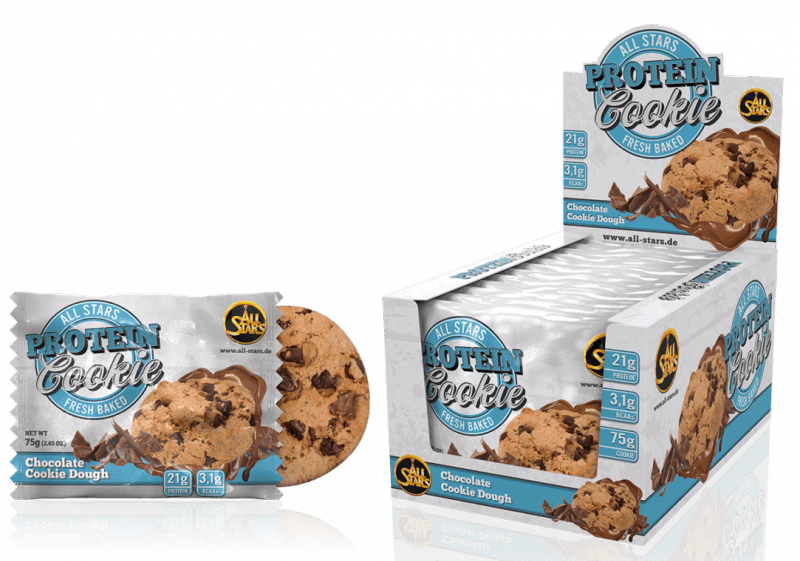
Leveraging Consumer Behavior Insights
Understanding Consumer Habits
Analyzing data on consumer behavior and shopping patterns can help tailor POP displays to the habits and preferences of target demographics. For instance, placing snack items in POP displays near the beverage section can capitalize on common buying patterns where shoppers who pick up drinks might also grab a quick snack.
Seasonal and Event-Based Targeting
Aligning POP displays with seasonal events or holidays can effectively target impulse buyers looking for gifts or celebratory items. For example, chocolate and candy displays are more effective near Valentine’s Day or Easter.

Measuring and Adapting
Testing Different Approaches
Retailers should test various designs and placements of POP displays to see what works best. A/B testing can provide valuable insights into which strategies are most effective at driving impulse purchases.
Adapting to Feedback
Regularly updating POP displays based on customer feedback and sales data can help maintain their effectiveness. Changing the display’s design, message, or placement in response to observed customer behaviors can optimize their impact.
If you are interested in POP displays, then partner with Brown Packaging today to get started.
RSC boxes are known for their efficiency and versatility, but their performance ultimately comes down to strength. Buyers often see numbers like ECT, BCT, and burst strength on specifications —
In packaging, foam isn’t just about initial protection — it’s about maintaining performance over the entire shipping or storage cycle. Compression set and recovery characteristics determine whether foam continues to
Pouches are a go-to for flexibility and convenience, but they can fail in critical ways—from poor seals to punctures and delamination—that hurt performance and brand reputation. Understanding these failure points
In the retail environment, the placement of Point of Purchase (POP) displays is just as critical as their design and content. Strategic positioning can significantly influence consumer behavior, increase product
Home » Capturing Impulse Buyers: The Strategic Role of POP Displays


